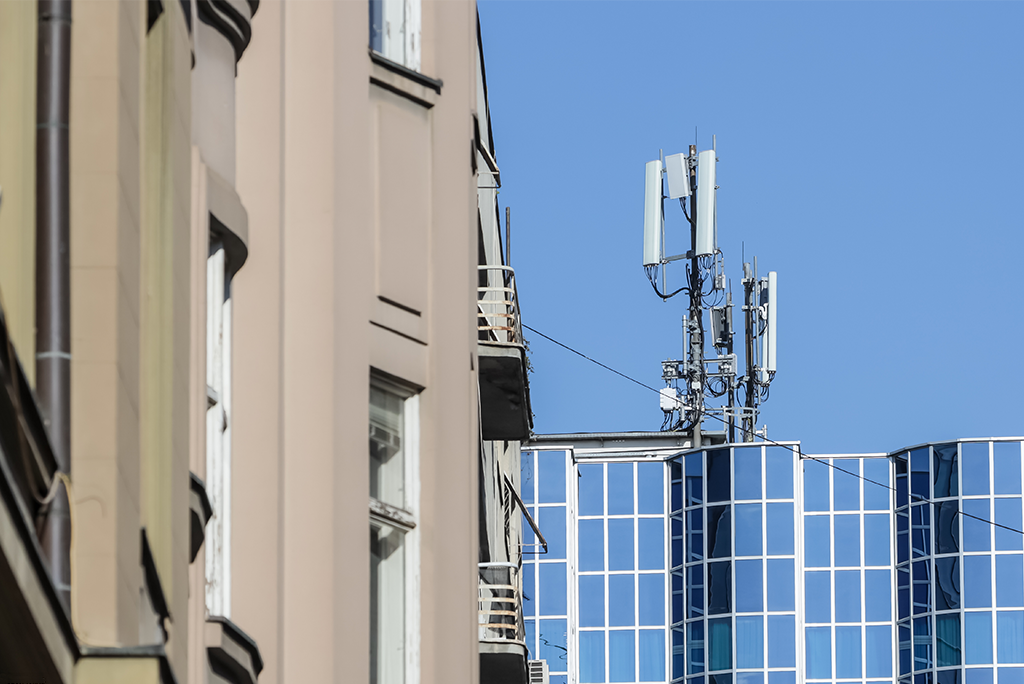
The coronavirus pandemic has created some major setbacks for telecommunications companies as they struggle to roll out 5G networks. At the same time, the pandemic is driving demand for the technology as people increasingly rely on the internet while working from home.
“We’ve seen the demand [for 5G] is higher than ever…I think there’s good support globally around driving greater 5G development and investment,” Bob Everson, Cisco’s senior director for 5G architecture, told CNN Business.
As millions of workers transitioned to at-home work due to as office closures, a significant amount of network traffic loads flowed away from cities into residential areas. While fixed residential networks took on most of the load, mobile networks also saw an increase in demand. Additionally, markets where fixed residential networks were slimmest experienced higher demand for mobile data.
According to the latest Ericsson Mobility Report, 9 out of 10 of surveyed consumers reported increasing their internet usage during the pandemic lockdowns. A fifth of global users participated in new online activities like video-conferencing. While fixed networks saw the largest traffic growth, three-fifths of respondents considered mobile broadband to be as necessary as Wi-Fi.
“This massive disruption has highlighted the value of the network, as recognized clearly by the consumers we surveyed for this edition of the Ericsson Mobility Report,” Fredrik Jejdling, executive vice-president and head of business area networks for Ericsson, told Computer Weekly. “While in some markets 5G subscription growth has slowed as a result of the pandemic, this is outweighed by other markets where it is accelerating, leading us to raise our forecast of global 5G subscriptions at the end of 2020.”
How Network Operators Plan To Avoid Pandemic-Related Delays
Despite the soaring demand for 5G, network operators still face substantial challenges during the pandemic. 5G networks depend on a high band spectrum, which is easily obstructed by walls and other obstacles across long distances. For 5G to deliver its promised lighting-fast speeds, network operators need to form an ecosystem of 5G cell sites throughout urban and residential areas. The pandemic, however, is slowing the construction of these cell sites, because workers must socially distance. Additionally, many offices that issue permits to install these cell sites have closed.
Although many major telecom companies are experiencing delays in their 5G rollouts, some companies are attempting workarounds. For example, Verizon recently announced the development of a virtual lab where it will test 5G applications. The lab will also test how to build 5G infrastructure during the pandemic with its recently launched high-band network market in San Diego as the use case.
These providers are also gravitating toward software defined networks, which provide the ability to update network infrastructure remotely. This means providers won’t need to send workers to manually replace parts. As such, the technology both prevents the spread of COVID-19 and speeds the construction of cell sites.
“We’ve done some work with operators, where you can take a cell site build process that would normally take eight hours to multiple days, and through automation, the operator just goes out, hangs the radio and plugs it in, and it automatically brings itself up,” said Everson. “It makes it a 15-minute process. The more you can do that, the quicker we can roll out.”
Understanding 5G Networks
As technology evolves toward 5G, it’s vital for technical professionals and industry leaders to understand how to deliver on the 5G vision while meeting consumer demand for higher communication speeds. Is your organization ready? Consider training your team with 5G Networks, a three-course program from IEEE and Nokia.
Connect with an IEEE Content Specialist today to learn more about the program.
Interested in learning more about 5G for yourself? Visit the IEEE Learning Network today!
Resources
O’Halloran, Joe. (16 June 2020). Ericsson upgrades 5G forecast as research finds mobile networks take added strain from Covid-19. Computer Weekly.
Duffy, Clare. (4 June 2020). Here’s how telecom companies are rolling out 5G during a pandemic. CNN Business.


[…] The COVID-19 pandemic has forced many autonomous vehicle (AV) manufacturers to delay or rethink their pilot testing programs. What’s more, the security features and infrastructure needed to make automotive vehicles function effectively, such as high-bandwidth 5G wireless networks, are not yet available on a large scale and may also be delayed. […]
[…] 5G networks will help organizations transition to the edge: It will be years before major telecoms erect 5G networks for the public on a widespread level, but organizations can […]
[…] As the COVID-19 pandemic continues, 5G will be used in conjunction with the Internet of Things (IoT) and blockchain to track and ensure preservation of vaccines. Additionally, the need to socially distance will help speed up the transition to IoT. 5G’s low latency and high connectivity could boost the adoption of IoT. […]
[…] such, the demand for a network that can handle more users, with more devices, has never been greater. Luckily, with 5G, we have the infrastructure available to address this. However, certain […]
[…] You also need to consider the pandemic when analyzing the 5G timeline. The worldwide lockdowns and travel restrictions significantly affected supply chains and slowed the adoption of 5G. […]
[…] You also need to consider the pandemic when analyzing the 5G timeline. The worldwide lockdowns and travel restrictions significantly affected supply chains and slowed the adoption of 5G. […]